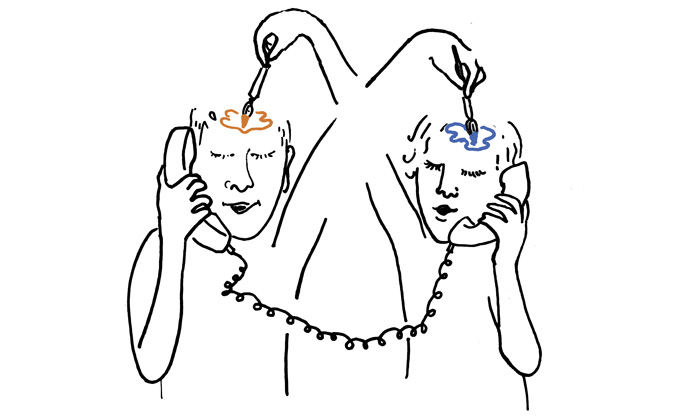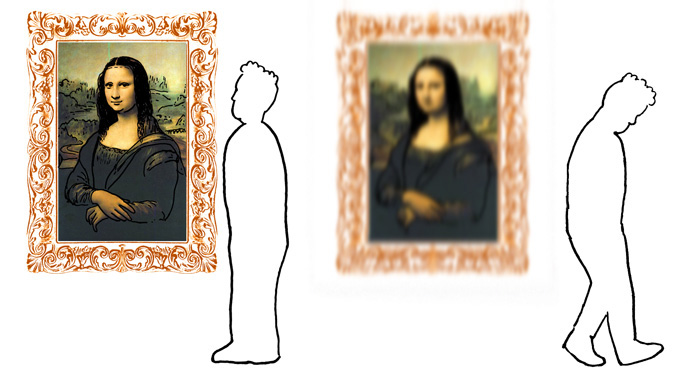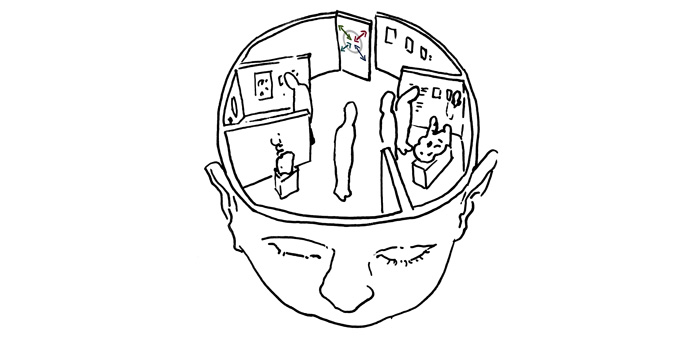Recollect

Recollect is a collaboration that employs one memory as its central medium. In a series of documented individual conversations, four artists will discuss the same memory with a memory holder while they produce work about said memory. The memory is expected to adopt qualities from the artist's descriptions of their progressing work.

Human memory is often misconceived as a flawed form of data storage, unable to match the accuracy of our increasingly-used personal computers and recording devices. But this is not due to outdated hardware or a buggy program. Rather, our memories serve a purpose at the core of being human that requires their flexibility; they provide an evolving subjectivity to our pasts that make some experiences fade while others strengthen or even combine. As with works of art, the order, rhythm, spatiality and perceptual qualities of our memories communicate a specific personal relevance.

For decades, scientists have been developing an understanding of the fallibility of memory. Psychologist Elizabeth Loftus, one of the advisors for this project, proposed a widely accepted paradigm called the "misinformation effect" in which information, after an event has occurred, dictates how that event is (mis)remembered. Her work shows that memories are pieced together, often incorrectly, and corrupted with whatever new information we have at hand. Recollect proposes that "new information" can enrich rather than corrupt a memory; that the aesthetics and perspectives honed in artistic practices can contribute to a memory's lucidity, broader significance and narrative relevance.

Process
A memory holder will send a brief description of a memory to four artists, who will individually call the memory holder, once a month, over a period of four months. As each discussion takes place, it will be documented with short recaps written by the memory holder and the artist in order to compare their perspectives. After 4 months and a total of 16 conversations, the memory holder will write a final description of her memory. All her writings will be displayed juxtaposed to those of the artists in chronological order in the same room as the installed artists' works.
Text and images by Brian Fernandes-Halloran